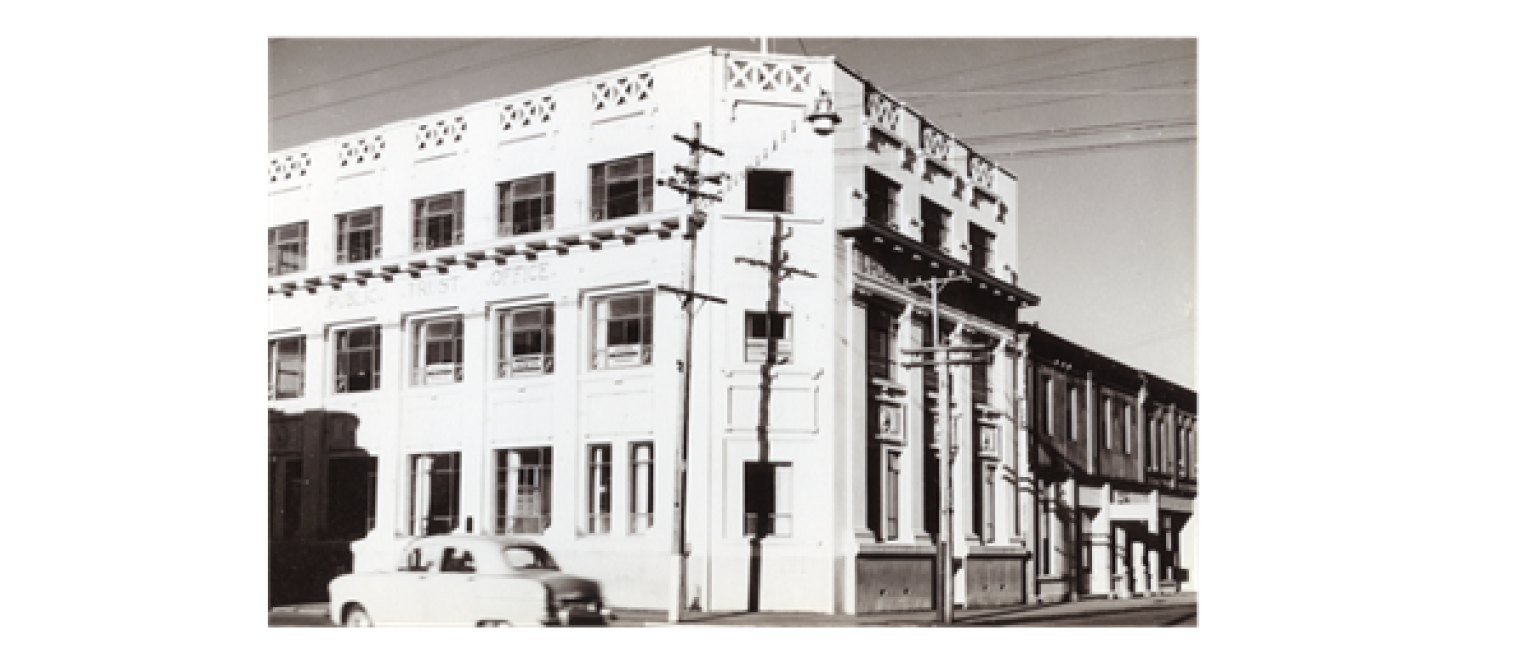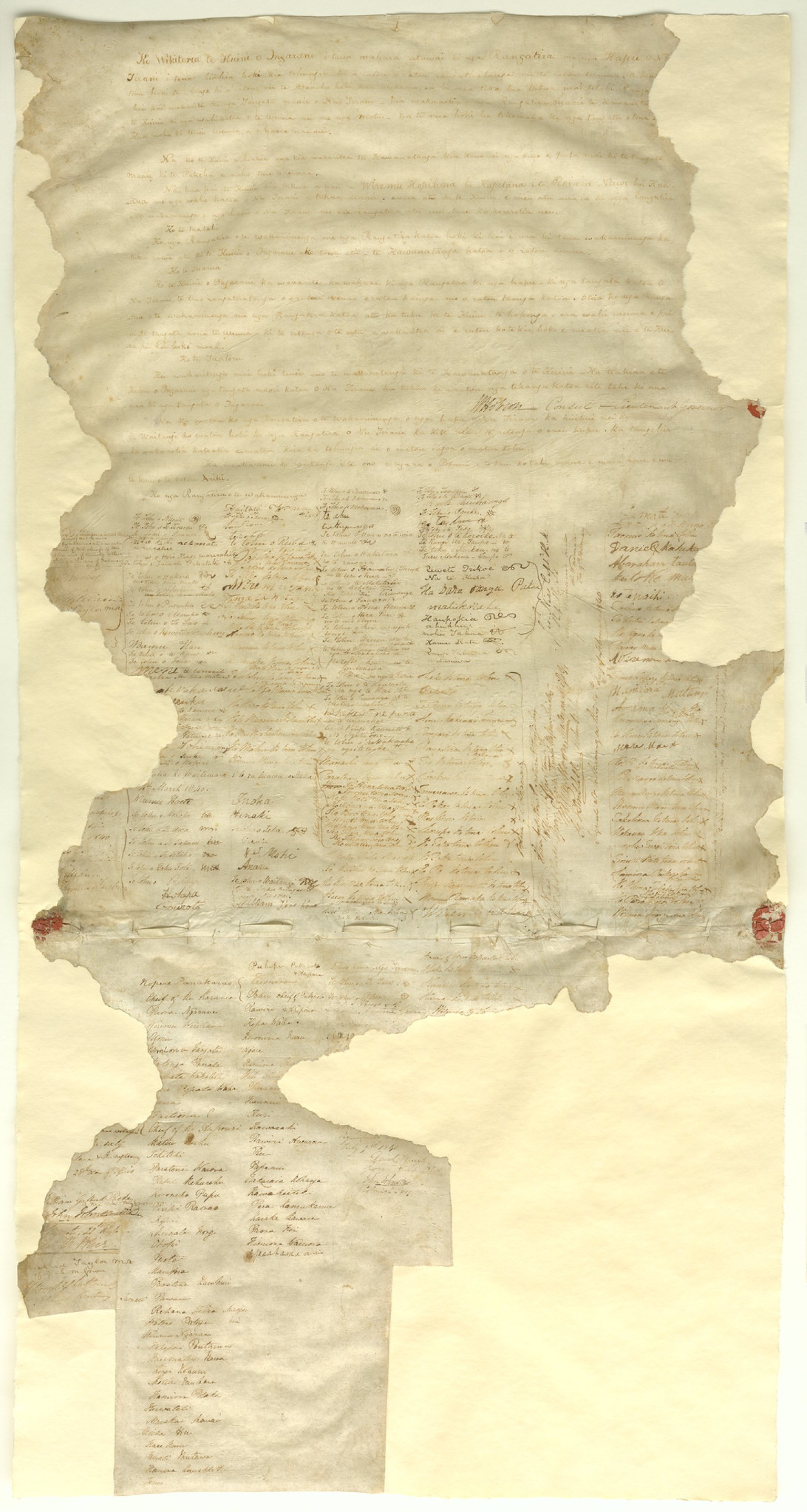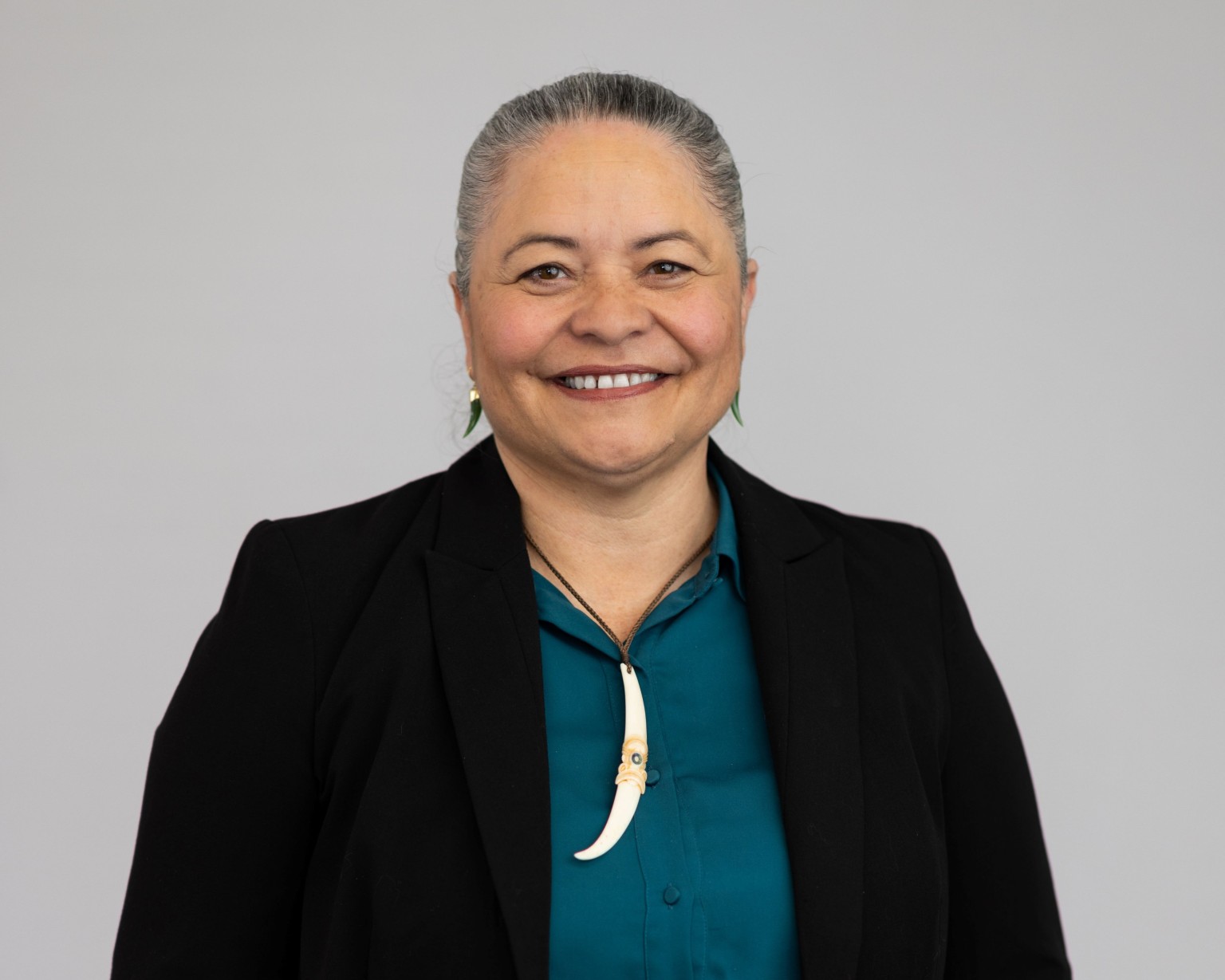Revealed: Public Trust’s secret role in safekeeping the Treaty of Waitangi during World War Two

As New Zealand’s longest serving trustee services organisation, Public Trust has witnessed some remarkable moments in our nation’s history.
With Waitangi Day commemorations just around the corner, we unearthed a little-known story from the vaults about our role in safekeeping Te Tiriti during World War II.

Wairarapa historian Mark Pacey has researched the connection between Public Trust and the Treaty of Waitangi’s time in Masterton, drawing from historic records held by Archives New Zealand.
“In 1940, New Zealand celebrated its centennial, and the Treaty formed a central part of the celebrations,” said Mark.
“The Treaty was now being seen as a founding document of the country. As such, it was essential this document should be kept safe and well protected. At the time of the centennial, the country was at war with Germany, but it was the territorial aspirations of Japan were started to cause some concern.”
In late 1941, the government moved the Treaty of Waitangi to Public Trust’s Masterton building for safekeeping.
“Masterton was selected due to its closeness to Wellington and the fact that it was inland. Any larger coastal city in New Zealand was vulnerable to attack from Japanese warships, aircraft and submarines. Masterton is so far inland that it would be safe from any attack,” said Mark.

The Treaty was stored, along with bound historical records from the Alexander Turnbull Library, in one of the building’s strong rooms.
But it was nature, rather than war, that posed a more immediate threat to New Zealand’s founding document during its time in Masterton.
On 24 June 1942 a large earthquake struck the area, and a second earthquake followed on 1 August. While there were no deaths in Wairarapa, dozens of local buildings were destroyed and damaged. Fortunately, the Public Trust Building was not among those significantly affected, and the Treaty remained safe.
“For the duration of the War, the Treaty and bound historical records remained in the building. It wasn’t until the Japanese surrender in September 1945 that the Treaty and other records were returned to Wellington,” said Mark.
“Few knew at the time that one of the country’s most important records was kept in Wairarapa’s largest town. Even today, it is not a well-known fact that for the duration of the war with Japan, the Treaty was safely put away in a non-descript building on the corners of Chapel and Perry Streets in Masterton.”

Elizabeth Richards, Te Pou Herenga Tangata Head of Partnerships for Public Trust said the story is a fascinating footnote in history, “Kia pai mai hoki, how neat is that for Public Trust to have such an important role in the safekeeping of Te Tiriti. He mahi tika tēnā, it was the right thing to do during turbulent times to protect such a legacy document. We have a proud tradition of protecting what’s most important for New Zealanders that continues to this very day.”